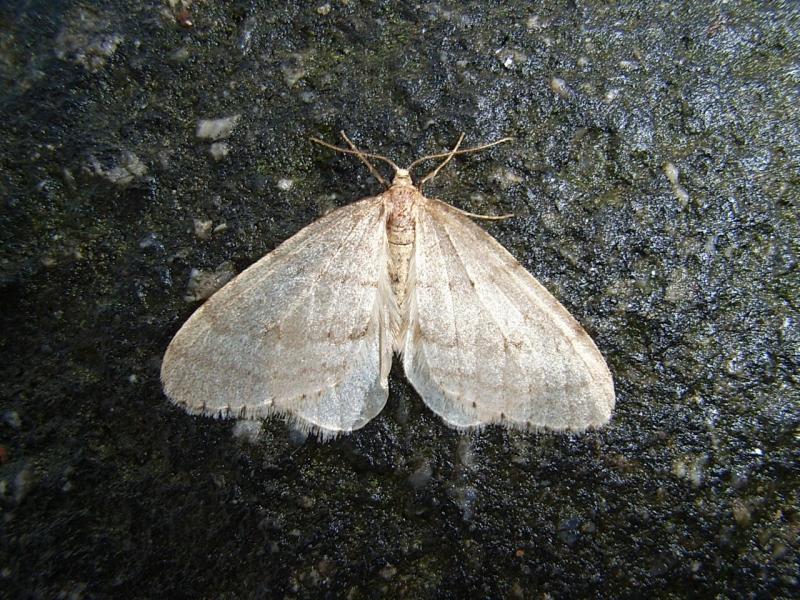Flies released in Mattapoisett to combat winter moth problem
In 2013, at least 1,000 European flies were released into Nasketucket Bay State Reservation with the hopes that they would spread throughout the area. Awesome, right?
It may not sound like good news, but these flies have a very specific job to do: take down the winter moth population.
Many assumed the millions of insatiable caterpillars that descended on the area this spring were gypsy moths. While they too were found in high numbers this year, the invasive species, introduced by accident more than 100 years ago, are usually kept in check by a fungus with a taste for gypsy moth.
Winter moths, on the other hand, were found in Plymouth County in the 1990s. They show up earlier in the spring than gypsy moth caterpillars, and they have no parasitic predators in American -– that is until recently.
UMass Amherst professor and entomologist (a studier of bugs) Dr. Joseph Elkinton is working to curb the high numbers of winter moths in New England with a very specific fly called Cyzenis albicans.
“If you had them in your yard, you would never even notice them,” said Elkinton, and you definitely want them in your yard. “They only attack winter moths, which is a real advantage. We don’t want them on our native moths or butterflies.”
The flies lay their eggs on the same leaves that the winter moth caterpillars eat. Those eggs hatch inside the caterpillar and destroy it from the inside out. Circle of life.
Elkinton got the idea to introduce the flies from Nova Scotia. After being overrun with the moths there, the European flies were released there in the 1950s. Less than a decade later, the moths were a memory.
It will take time to see the fly population grow large enough to make a dent in the white winged winter moth, however. In Wellesley, Elkinton released the flies in 2008 , but didn’t find any in caterpillars until 2011.
“By 2014, we had high levels of parasitism, over two miles in diameter,” Elkinton said. “This year, eight miles in diameter. Hopefully, that will happen all over New England.”
So far, they haven’t shown up anywhere else in Mattapoisett. Elkinton, along with other UMass staff and students, check the area each spring, along with 40 other sites from Maine to Rhode Island.
It’s no small task, said the professor. Not only does his lab have to procure and propagate thousands of flies for each new site, but his staff and students log thousands of miles checking out each site --– all with an annual budget of $180,000.
Elkinton says he is the only researcher in New England releasing the flies.
“It’s fairly expensive and fairly labor intensive,” he said.
Aside from hoping and praying, there isn’t anything residents can do to encourage the flies to spread. While anxious tree owners wait for them to colonize Mattapoisett Neck Road and beyond, the Mattapoisett Tree Committee does have a patch.
The group will hold a workshop at Dunseith Gardens (behind the seahorse on the corner of North Street and Route 6) on Oct. 17 at 1 p.m. to teach tree banding. (The rain date is Oct. 18.) The technique involves wrapping a sticky band around trees to prevent caterpillars from crawling up the trunks. Since winter moths lay eggs in the fall, now is the time to get it done, says Tree Committee Chair Sandy Hering. She also said, the more people who band trees, the more effective it will be to prevent the spread o the moths and the destruction of trees.
To participate in the workshop, email MattapoisettTreeCom@gmail.com or find more information on Facebook at MattapoisettTreeCommittee.














